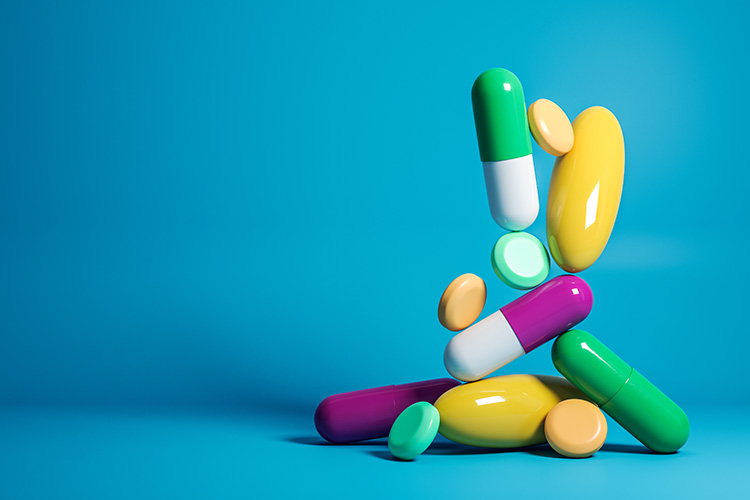Achieving sustainable innovation with value-added medicines
Posted: 26 August 2021 | Hannah Balfour (European Pharmaceutical Review) | No comments yet
The COVID-19 pandemic spotlighted drug repurposing as a key strategy to support traditional novel chemical entity development; yet repurposing is just one example of how off-patent molecules can be further developed to provide patients with more treatment options. Here, Arun Narayan, Chairman of the Value Added Medicines Sector Group at Medicines for Europe, discusses the value-added medicines market, its strengths and weaknesses, and how companies can capitalise on the time and financial investment in existing drugs.


BRINGING CHEMICAL or biological drugs to market is well established as a costly and time-consuming endeavour. How costly? DiMasi et al. reported that in 2014 the estimated average pre-approval cost for researching and developing a new drug was $2,558 million (in 2013 dollars); one can only assume that this figure has since risen further, especially given the increasingly widespread adoption of more complex biological products in recent years.
Issue
Related topics
Biopharmaceuticals, Drug Development, Personalised medicine, Research & Development (R&D), Sustainability, Therapeutics
Related organisations
Belgium Anticancer Fund, European Union (EU), The European Commission (EC), Thermo Fisher Scientific
Related drugs
Related people
Related diseases & conditions
Cancer, Coronavirus, Covid-19, Glioblastoma (GBM), Parkinson's disease









